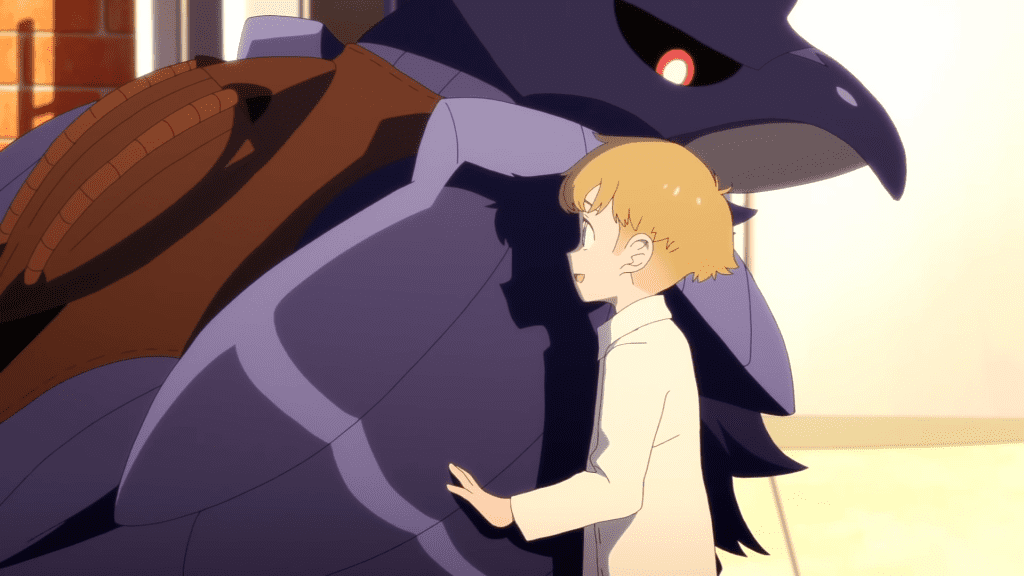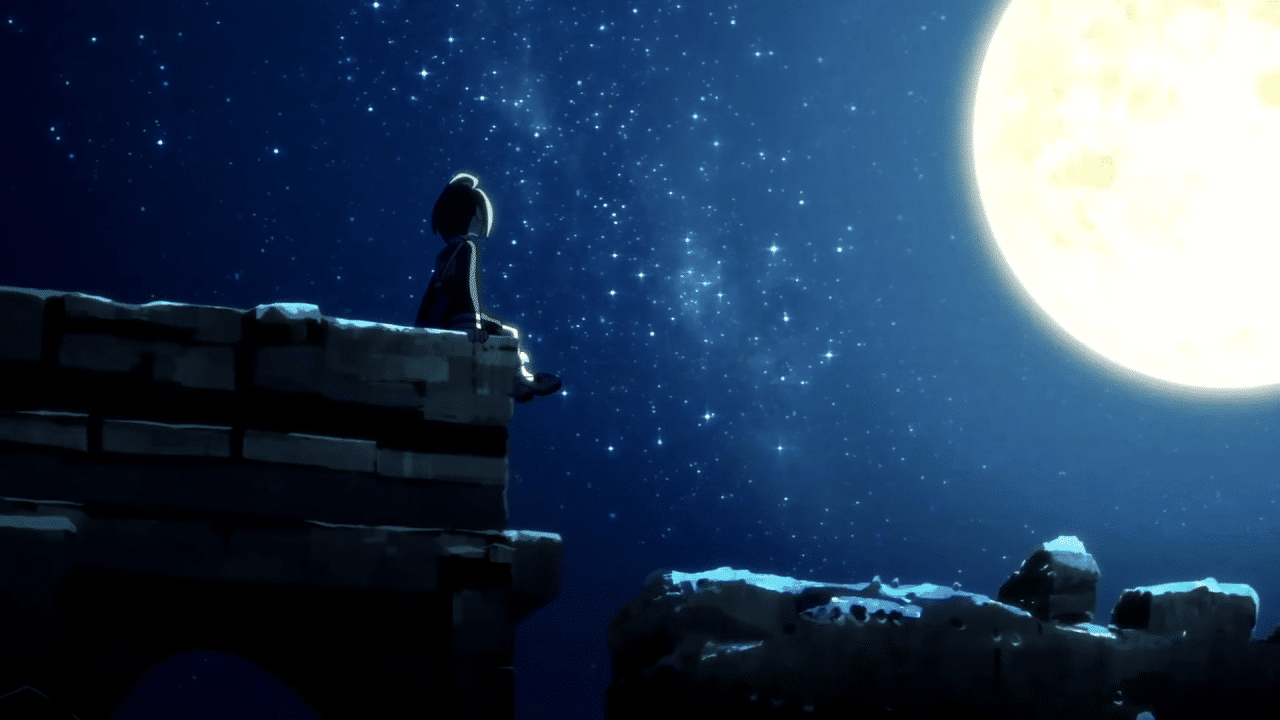Pokémon: Twilight Wings is available to watch for free on YouTube.
The very first thing to excite me about Pokémon: Twilight Wings was its staff. Studio Colorido blew me over last summer with Penguin Highway, a backyard adventure chock-full of hyper-charming and imaginative creatures. And Pokémon is nothing if not a backyard-feeling style adventure chock-full of hyper-charming and imaginative creatures.
This series was a slam-dunk from the start.
But that's hardly reflected at all in its international release.
From both of the video's homes on YouTube and The Pokémon Company's website to social media posts, the only text I can find referencing Studio Colorido at all is a single sentence in the initial press release announcement.
And, the more I think about it, the less I feel surprised.
Author's Note: The creative team behind Pokémon Twilight Wings was eventually credited in full in English. This was at the end of Episode 7, over seven months after both the series' premiere date and the time that this article was written.
The Usual Suspects
Anime has something of an odd relationship with credits in the first place. Most shows nest staff listing inside of colorful pop-music videos where whoever did the sound design is regularly the least eye-catching thing on screen. Sometimes creators work under pen names. Often, outside or even foreign studios work under sub-contracts, but get a single collective billing in the credits.
But they're always there, at least – and that's reflected in the Japanese version of Twilight Wings on YouTube. All it takes is an extra fifteen seconds at the end; a few static slides listing names, then a splash page advertising Sword & Shield for good measure. Then copy-paste those names into the video description that most people don't read to really cover your bases.
Neither the English, nor French, nor many other versions of Twilight Wings that I could find did either of those things. It's especially egregious that even Colorido as a studio doesn't have their name mentioned anywhere. All you get at the end is a ‘©2020 Pokémon', as though it sprung fully-formed out of the company hive-mind.
And, to be fair, those names mean virtually nothing to folks outside Japan (or possibly even in Japan; I can't say for sure).
And, to be doubly fair, we don't exactly have a better track record with American productions.

Whodunnit
U.S.-made television is woeful at this, burying a partial list of those who aren't actors, directors, or producers into a little thirty-second bump at the end of an episode. As often as not, an advertisement runs simultaneously to squeeze some extra time in; the credits squeeze into the top half of the screen as a result, rendering the whole thing unreadable and useless.
And streaming services don't always even give you that nowadays. The biggest one notably chucks most staff rolls into a tiny box in the corner so that it can show you the series' logo in its full 1080p and give an auto-play notification; you functionally have to opt-in to see who actually made the thing that you just watched. It'll automatically kill the opening crawl on the second-or-more episode in a row, too, and disabling that setting can be less than obvious.
Not that many of us would admittedly pay half-attention given the whole chance. We only really talk about directors and actors at best, myself included. Once in a blue moon, my eye catches that an episode of The Good Place was written by the September 21st guy, but that's about as good as it gets.
And maybe that's kind of necessary at scale. When “how does the sausage get made?” warrants a mile-long answer, pulling every names attached to the process becomes functionally impossible. Just look at the Spider-Man video game for PS4 with its twenty-minute-long staff roll. Big enough productions simply have too many contributors to highlight in a timely manner.
For most people.
Sleuthing
Luckily, we live in an age chock-full of some very powerful nerdery. For film and anime in particular, whole internet subcultures exist just to pore over productions scene-by-scene and look for creators' unique fingerprints. Whole blogs and image boards, where the members dump oodles of free time into finding out who made a set-piece so utterly thrilling, or blissfully calming, or painfully gut-wrenching.
And it pays off – I have an eye out for Brad Allan now, knowing his fight scenes leap straight from comic book pages. But even they have their limits; at time of writing, we mainly know directors and one-off cases where people have actively come forward. It's far from a full crew, even for this little short.
It rubs two ways. I probably wouldn't have batted an eye at the credits if they had existed. It's rare to find those names in English outside of physical media releases, anyway. But giving them the ax entirely draws attention to the fact. There's still some value to be had in just the gesture of including credits to people I'll never know.
Because I always appreciate seeing all the names attached to something after I've watched, or played, or otherwise consumed it. It's a reminder that, as lovely as these things are, they're made by flesh-and-blood humans. Chances are, your favorite thing is the result of somebody else going out and doing their honest job, just like you do every day.
And that's at least a little inspirational.



Very interesting details you have remarked, appreciate
it for posting.